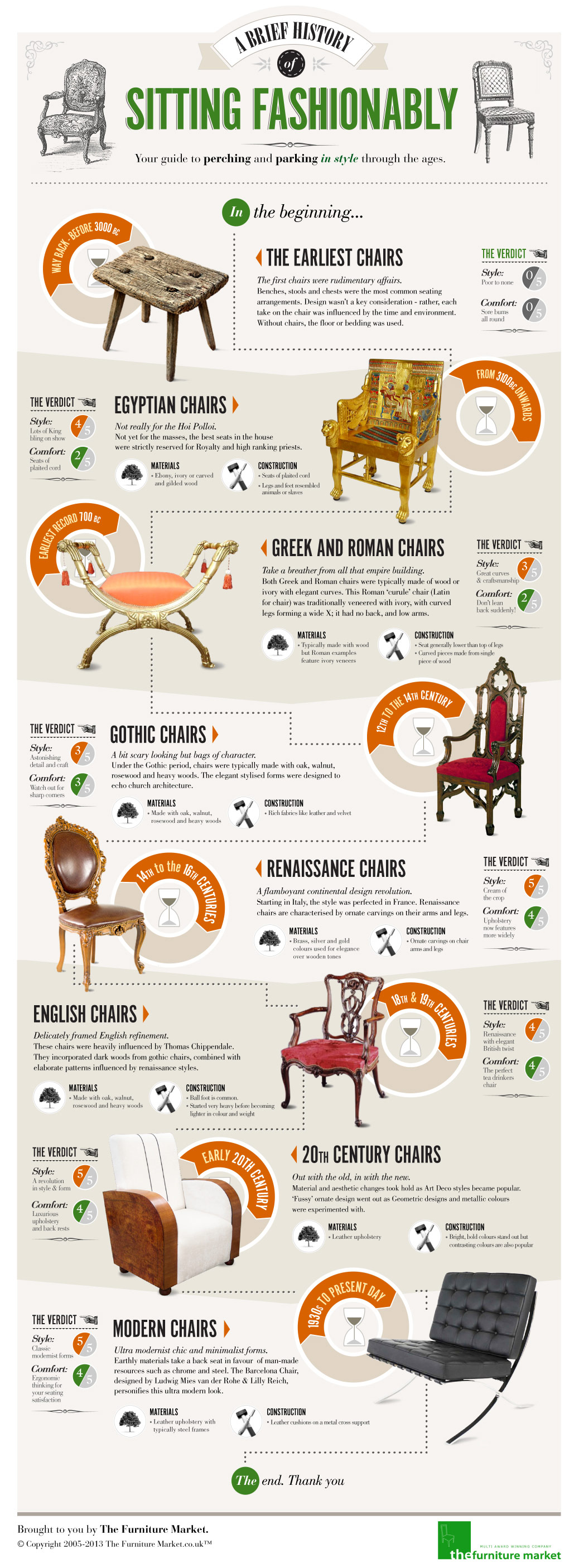Reveal The Fascinating Experience Of Remodeling Aged Closets, Introducing Unimaginable Stories And Opening The Keys Of Classical Times
Reveal The Fascinating Experience Of Remodeling Aged Closets, Introducing Unimaginable Stories And Opening The Keys Of Classical Times
Blog Article
Authored By-Snider Kerr
To start the trip of restoring antique cabinets, you require a keen eye for information. Visualize discovering covert secrets within each layer of background ingrained in the wood. Picture the contentment of reviving a once-forgotten piece to its previous magnificence. Every action of this thorough process holds the essential to protecting the past while producing a future treasure. So, are you all set to embark on this transformative venture and unlock the capacity of your antique closets?
Examining the Closet's Problem
When starting the repair process, start by analyzing the condition of the antique cabinet. Thoroughly check out the total framework for any indicators of damage such as cracks, chips, or loose joints. Examine fabuwood cabinet prices for any rot, warping, or insect invasion that might have occurred over time. It's critical to identify the extent of the repair needed prior to continuing additionally.
Next off, inspect the closet's equipment such as joints, handles, and locks. Make note of any missing pieces or components that require repair or replacement. Ensure that all equipment is functioning properly and firmly attached to the cabinet.
In addition, review the closet's coating. Look for any kind of scratches, stains, or staining that might impact the aesthetic appeal. Identify if the finish needs to be stripped and reapplied or if a simple touch-up will certainly be enough.
Gathering the Necessary Tools and Materials
After examining the condition of the antique closet, the next step is to collect the required tools and materials for the remediation procedure. Prior to cabinet design consultation start, guarantee you have the adhering to products on hand:
- timber cleaner
- sandpaper in numerous grits
- wood filler
- paint or wood discolor
- brushes
- gloves
- security goggles
- a dust mask
- a drop cloth
- a putty knife
- a hammer
- a screwdriver
- a vacuum cleaner
These devices and products are necessary for an effective reconstruction.
https://archive.curbed.com/2016/5/2/11459072/diy-renovating-professional-contractor is vital for getting rid of years of dirt and crud accumulation, preparing the surface area for fining sand. Sandpaper of different grits assists in raveling imperfections and preparing the timber for a new finish. Wood filler comes in handy for fixing any kind of fractures, holes, or dents existing in the cabinet.
Paint or timber stain, together with brushes, enable you to customize the cupboard to your choice. Bear in mind to wear gloves, safety and security goggles, and a dust mask for security. Set a drop cloth to secure your workplace, and make use of a hoover to clean up any kind of particles.
With these tools and materials collected, you're ready to start the remediation procedure.
Performing the Restoration Refine
To effectively implement the repair procedure on your antique cupboard, start by thoroughly cleaning the surface with the wood cleaner. This action is crucial as it aids eliminate years of dust, grime, and old polish that might have accumulated externally.
As soon as the cabinet is tidy and completely dry, assess the condition of the wood. Look for any type of splits, scrapes, or various other problems that require to be resolved. Use https://new-home-inspectors-near55432.blogacep.com/34487338/the-benefits-of-collaborating-with-a-regional-cooking-area-remodeler-area-and-high-quality to fix any type of imperfections, making sure to match the filler color to the timber tone for a seamless surface.
After the repairs have dried out, carefully sand the entire surface area to create a smooth and even base for the new coating. Take care not to sand as well aggressively, as you do not wish to harm the wood beneath.
Once the sanding is total, use a wood stain or complete of your option, complying with the maker's guidelines. Enable the surface to dry totally prior to applying a protective leading coat to guarantee the long life of your recovered antique cabinet.
Conclusion
Since you have actually completed the repair process, your antique cabinet looks just as good as new.
By following the detailed guide, you were able to evaluate, fix, and improve its problem easily.
With a fresh surface and protective top coat, your cherished piece will certainly continue to beam for several years to come.
Appreciate the beauty of your brought back antique cabinet!
